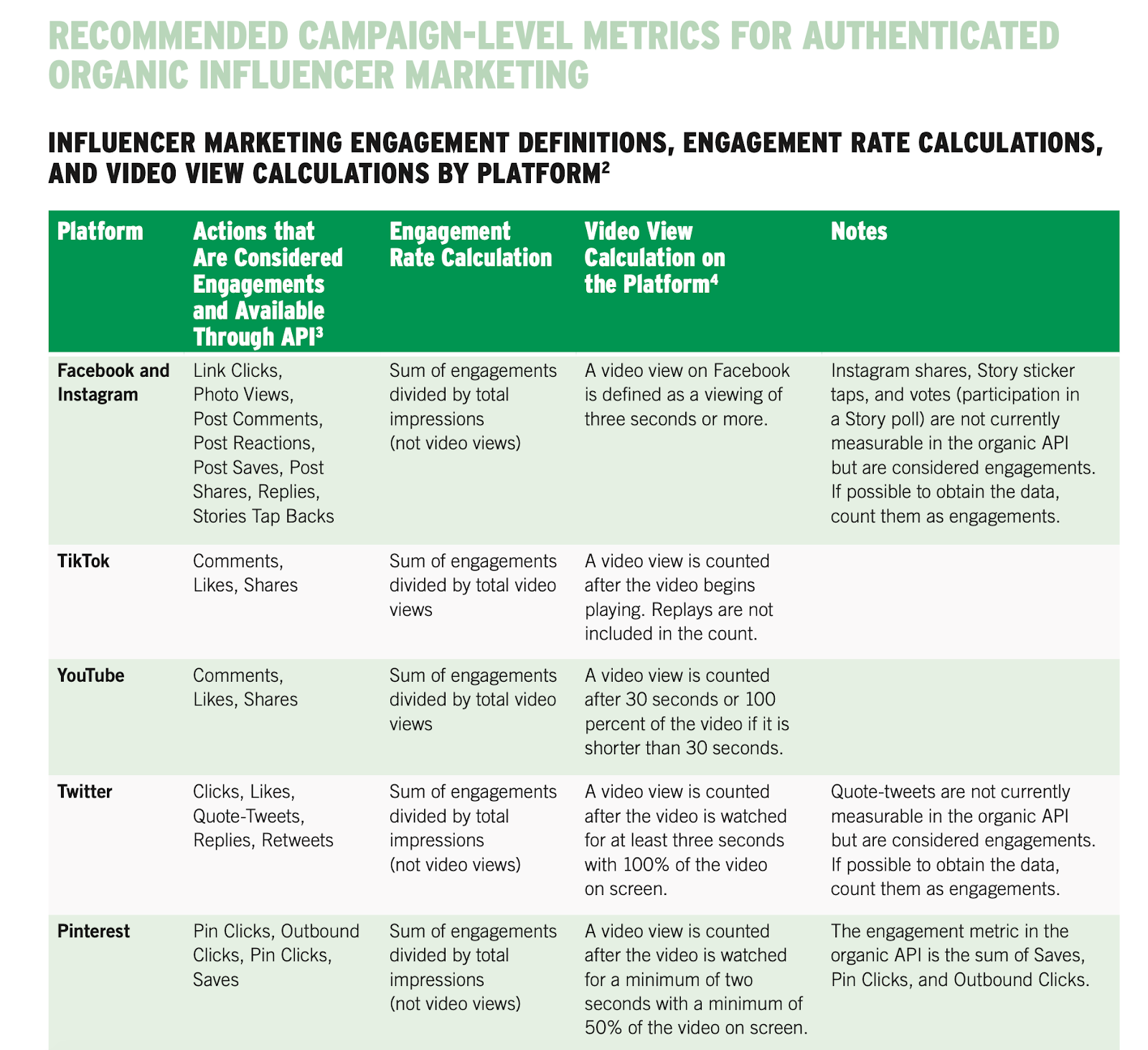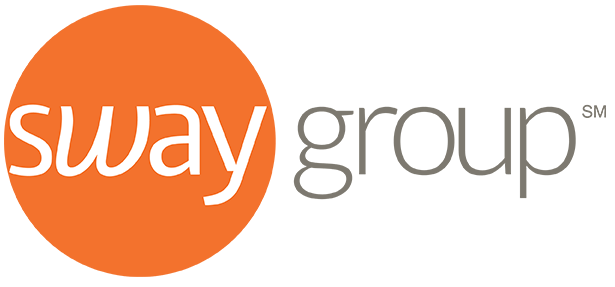“How can I measure my influencer marketing?” If there’s one question that used to plague the influencer marketing industry more than any other, it’s this one.
Influencer marketing has been growing at a rapid-fire pace over the years, and what was once considered a Wild West tactic has now become a critical part of many brands’ outreach and advertising strategies.
While marketers once struggled to effectively measure the ROI of their influencer marketing, today’s campaigns never have to be a guessing game, thanks to the tools and metrics that are now available for determining success.
As an influencer agency that’s been around for more than a decade, we’ve seen how social metrics have evolved over time. Where views and likes used to reign supreme, modern campaigns look well beyond that little heart button for true consumer engagement — and we’re thrilled to see how the new guidelines from the Association of National Advertisers (ANA) are in alignment with what we’ve been focusing on for years.
New ANA Guidelines For Influencer Marketing Standards: Great News for Brands & Influencers
The new ANA guidelines are intended to help marketers understand the differences across social platforms when it comes to measurement definitions and calculations for organic influencer placements.
As our technology partner CreatorIQ puts it,
Standardizing metrics across social platforms allows for independent, third-party measurement of industry benchmarks, creator benchmarks, topic benchmarks, and much more. In addition to evaluating historical trends, this standardization grants everyone involved—brands, creators, agencies, and even tech companies—deeper insights into how social platforms’ algorithms change over time.
Basically, the ANA’s new universal definitions and agreed-upon benchmarks help set standards for the industry. Instead of everyone using different terms for success, the ANA guidelines help clarify consistent language while providing comparable sets of metrics.
Let’s take a look at the ANA’s chart of metric definitions by social platform. As you can see, this offers a deeper understanding of how different types of audience interactions are calculated:

While it’s never really been enough to simply tally up “likes” and call it a day, modern influencer marketing measurement offers plenty of valuable insights that help clarify whether a campaign truly moved the needle or not.
However, it’s important that as an industry we stay on the same page. We have to have commonly understood terms for quantifying influencer work and its value, so there’s no confusion for brands OR influencers along the way.
At Sway Group, we have always known that clients need more than good vibes when it comes to understanding the impact of a given social campaign. One of our longtime core capabilities is helping our clients understand how to interpret their first-party social metrics and translate them into marketing KPIs, a process that will now be aided by the ANA’s recommendations.
The ANA’s new guidelines are a big step forward in this ever-evolving industry, one that will help brands, agencies, and influencers alike. We’re very excited to share our agency support for the ANA’s efforts to bring more consistency in measurement and reporting industry-wide.
Want to know more about Sway Group’s influencer marketing and campaign measurement services? Get in touch, we’d love to share some specific examples with you.

